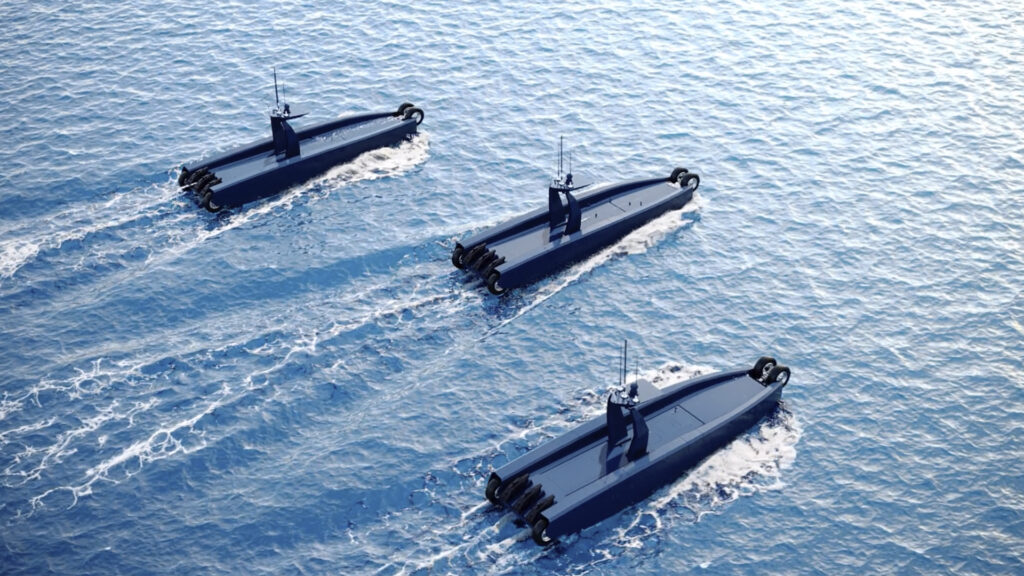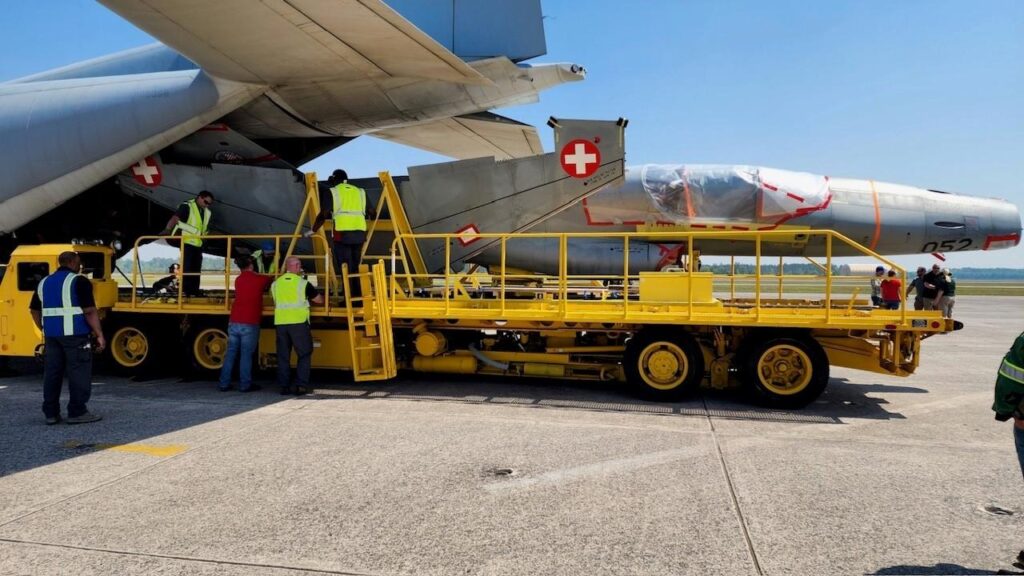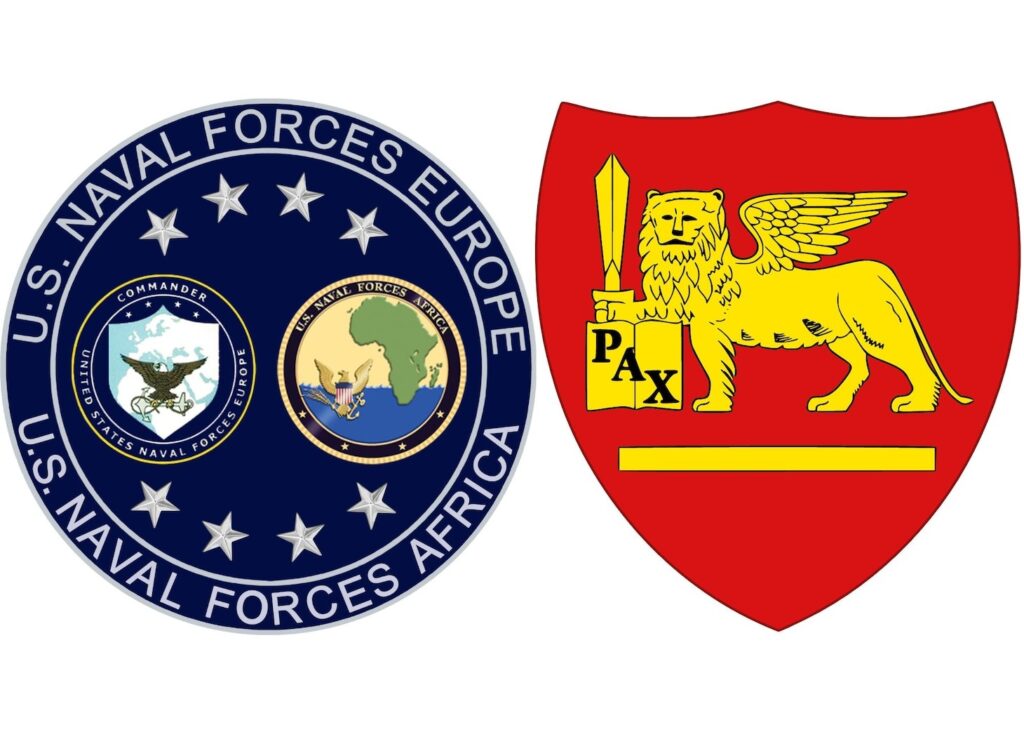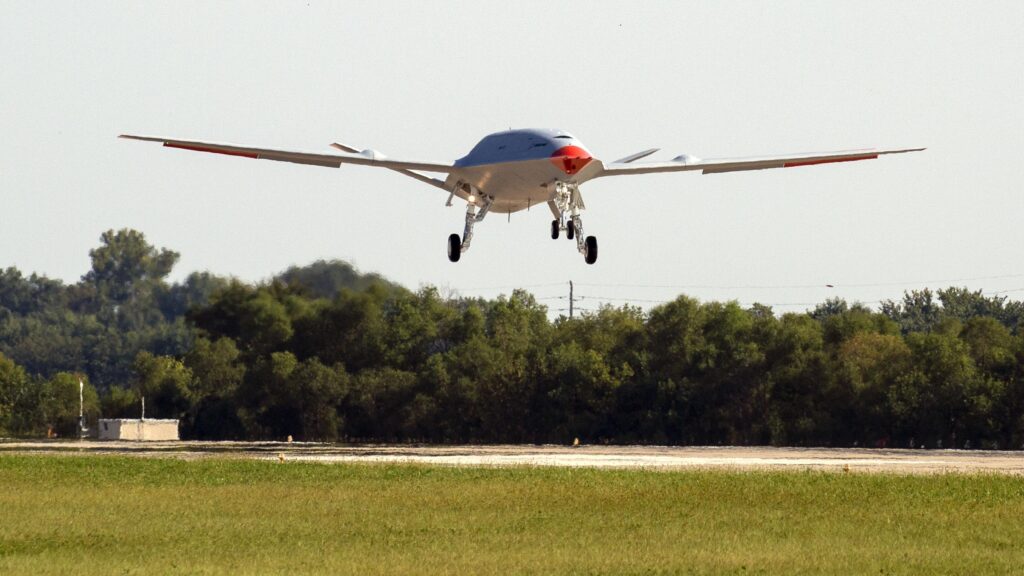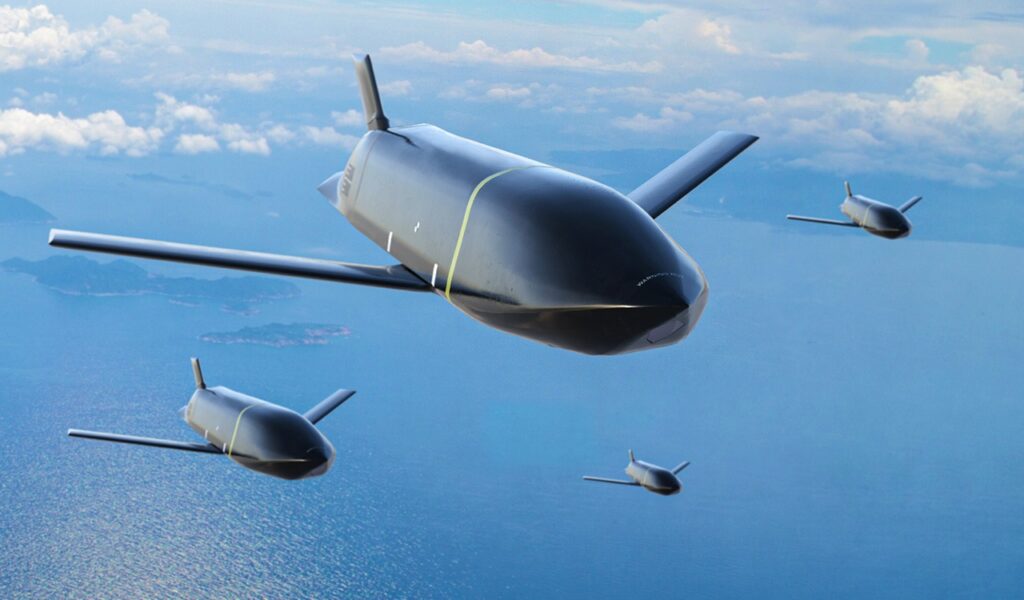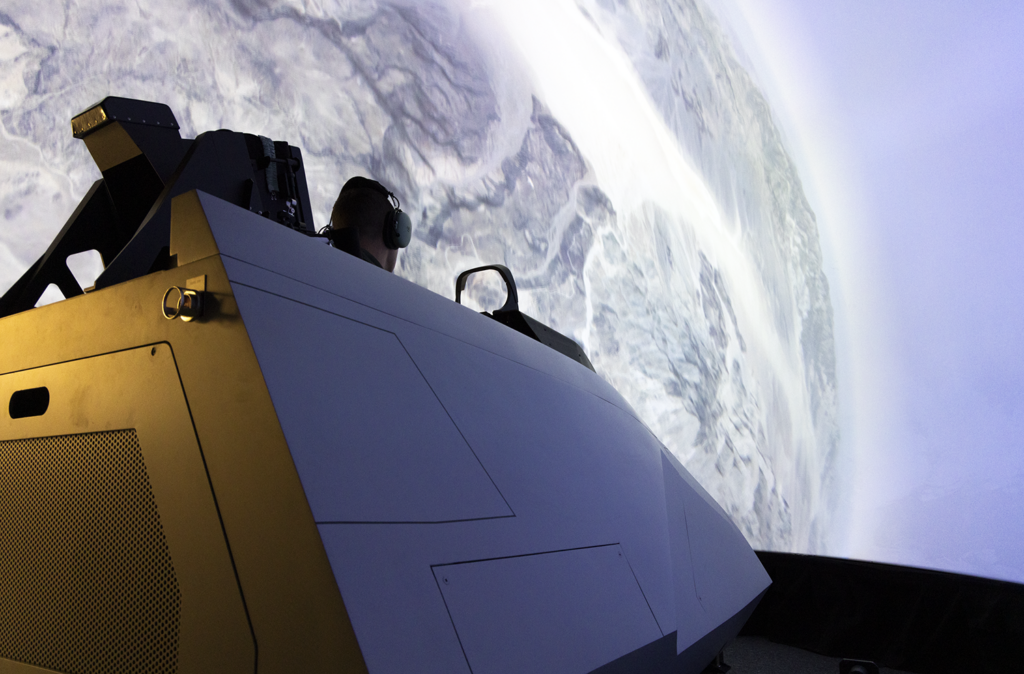U.S. 4th Fleet Announces Southern Seas 2024 Deployment
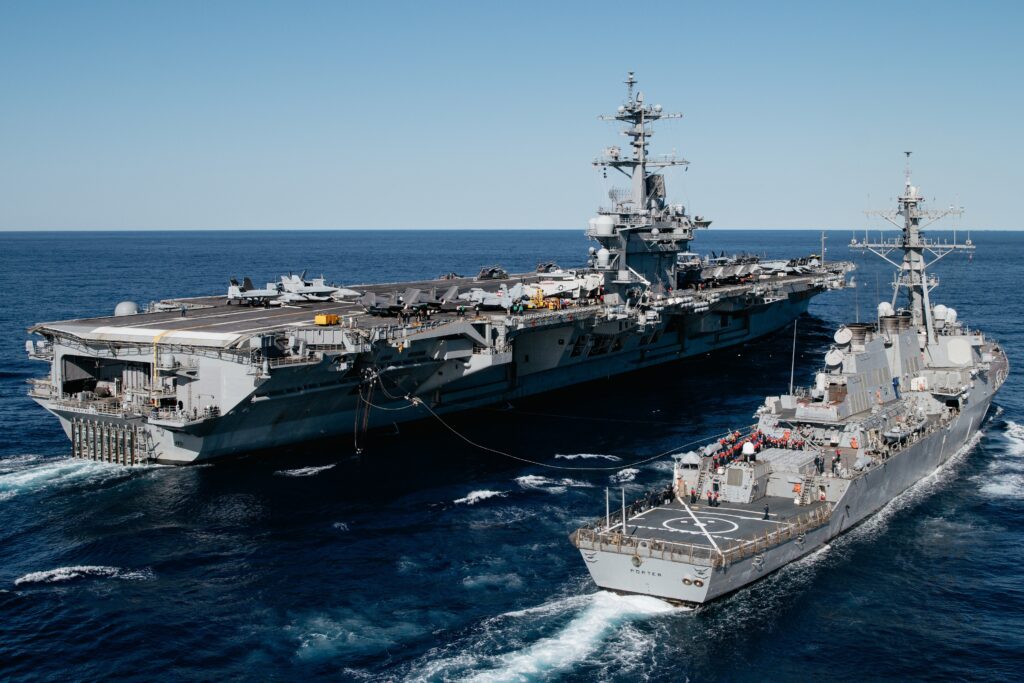
From U.S. 4th Fleet, 5 April 2024
MAYPORT, Fla. - The U.S. Navy aircraft carrier USS George Washington (CVN 73) will deploy to the U.S. Southern Command area of operations over the next few months as part of U.S. Naval Forces Southern Command/U.S. 4th Fleet’s Southern Seas 2024 deployment.
George Washington, Arleigh Burke-class guided-missile destroyer, USS Porter (DDG 78), and Henry J. Kaiser-class replenishment oiler USNS John Lenthall (T-AO-189) are scheduled to conduct passing exercises and operations at sea with partner nation maritime forces as the ships circumnavigate the continent of South America. Southern Seas 2024 will feature subject matter expert exchanges and provide the opportunity for distinguished visitors from partner nations to see aircraft carrier operations up close. Engagements are planned with Argentina, Brazil, Chile, Colombia, Ecuador, Peru, and Uruguay, with port visits planned for Brazil, Chile, and Peru.
“Southern Seas 2024 will provide the opportunity to improve interoperability and increase proficiency with partner nation maritime forces,” said Rear Adm. Jim Aiken, Commander U.S. Naval Forces Southern Command/U.S. 4th Fleet. “Deployments like Southern Seas strengthen maritime partnerships and build trust with our partners in the region.”
“We look forward to building readiness and advancing training as we engage with our friends and partners in South America,” said Rear Adm. Robert Westendorff, Commander, Carrier Strike Group 10. “We also look forward to visiting several spectacular locations in South America, as U.S. Navy Sailors don’t often get to see this part of the world.”
New for Southern Seas 2024, an embarked international staff of approximately two dozen officers from 11 partner nations will serve aboard USS George Washington. This international staff will receive instruction from U.S. Naval War College professors and will work alongside embarked Destroyer Squadron 40 personnel to conduct detailed operational planning in support of operations at sea. Countries planning to participate in this embarked international staff include Argentina, Brazil, Canada, Chile, Colombia, Ecuador, the Netherlands, Paraguay, Peru, Trinidad and Tobago, United Kingdom, and the United States.
Southern Seas 2024 marks the 10th mission to the region since 2007 and the third time involving USS George Washington. The aircraft carrier also conducted Southern Seas 2008 and Southern Seas 2015. Like the previous deployments, Southern Seas 2024 will foster goodwill, strengthen maritime partnerships, counter threats, and build our team.
Aircraft carrier USS George Washington is one of the centerpieces of America’s Naval forces – the most adaptable and survivable airfields in the world. On any given day, Sailors aboard an aircraft carrier and its air wing come to the fight trained and equipped across a full range of missions. They are ready to control the sea, conduct strikes, and maneuver across the electromagnetic spectrum and cyberspace. No other naval force fields a commensurate range and depth of combat capabilities.
